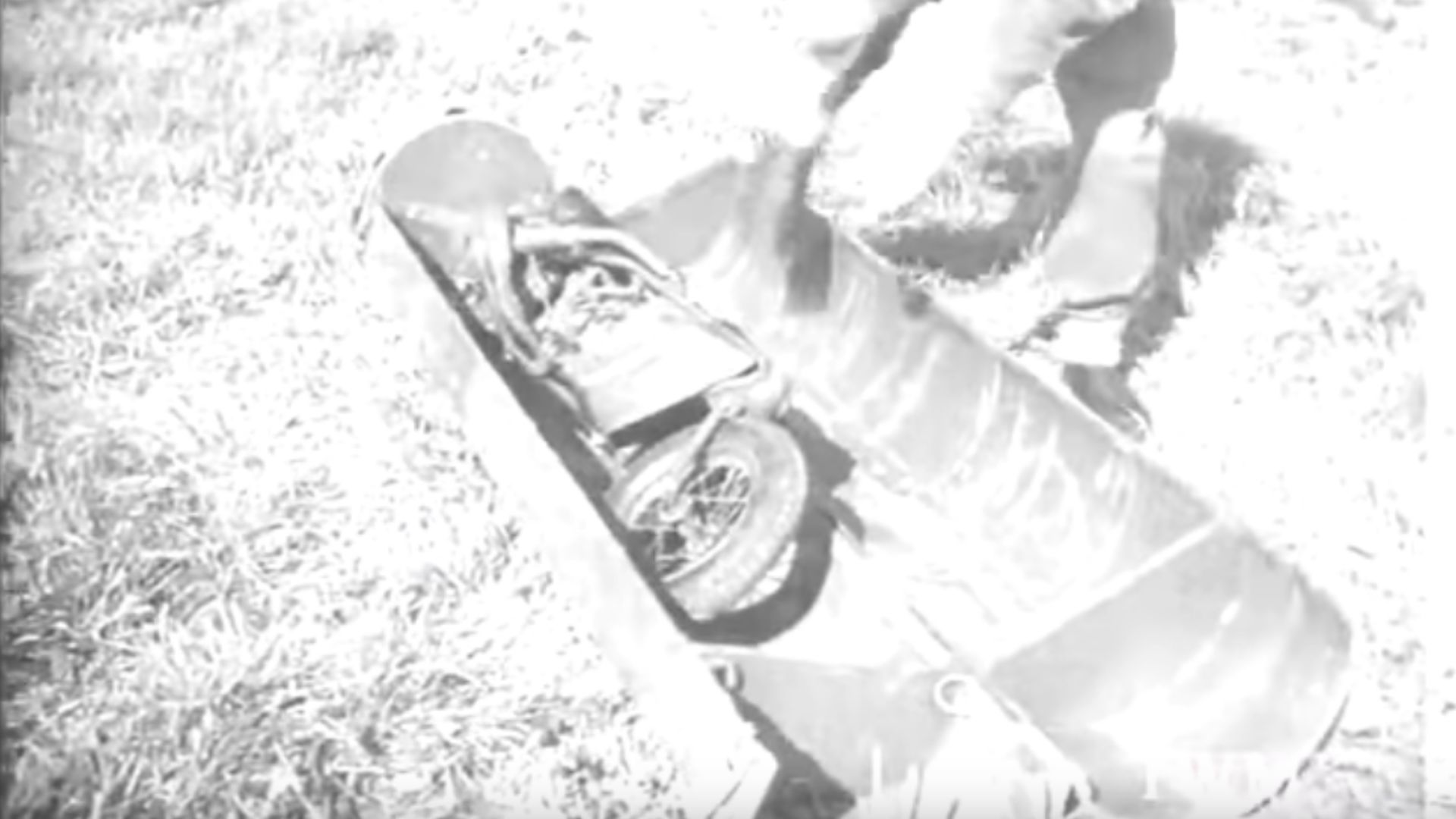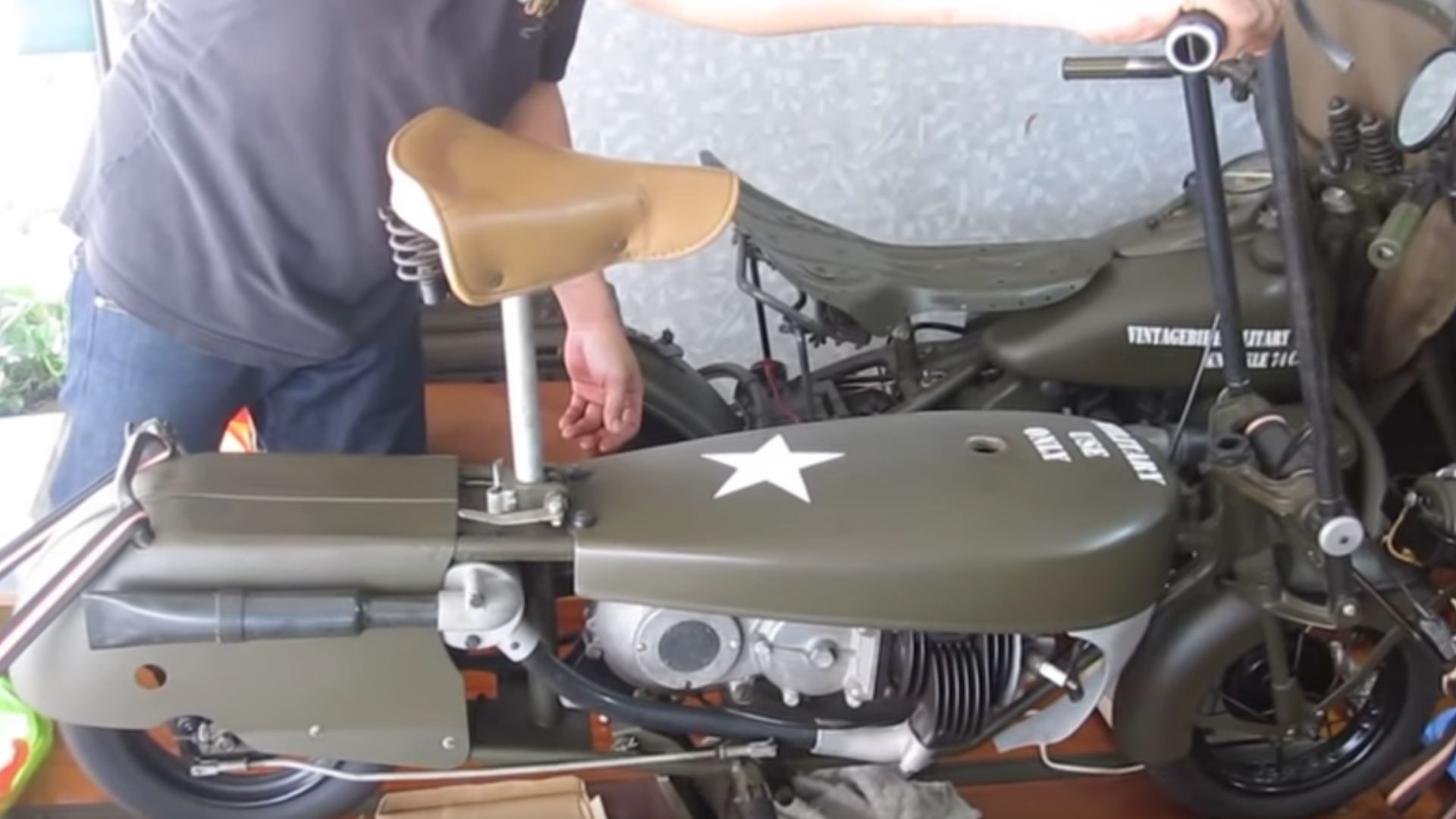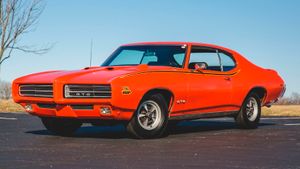It’s a fascist-fighting machine…
At first glance, the Indian Papoose might make you laugh and I get why. They’re weird looking, almost as comical as that scooter from Dumb And Dumber, but they were instrumental in warfare back in their day. If you didn’t already know that it’s okay to be shocked since most military hardware looks pretty fierce if not practically utilitarian. With the Papoose, that odd design served a very specific purpose, making it quite innovative for the time.
Watch the latest Motorious Podcast here.
Despite what some claim, Indian marketed the Papoose as a motorcycle instead of a scooter. But that was starting in 1948, after the design had been used on the battlefields of WWII. Originally, this foldable motorcycle was designed by the British in 1942 as something a paratrooper could jump with, then unfold and use to get around rough terrain. The other option was hoofing it or stealing a vehicle.
Actually, the motorcycles would be pushed out of airplanes in a cylinder container, along with other supplies, and a parachute attached. Paratroopers would then retrieve the bike once they and the supplies container were all on the ground.

Originally, the Papoose of course wasn’t an Indian and it wasn’t called the Papoose. Instead, it was known as the Wellbike. That name and the design wasn’t imaginative, so both were changed and it became the Corgi, thanks to John Dolphin. One of the big changes was using an Excelsior Spryt engine. Brockhouse Engineering Southport Ltd. Held the license for the engine and it had a stake in Indian, so it started re-badging the Corgi as the Indian Papoose, giving it colors to match the rest of the American motorcycle brand’s lineup.
That Spryt engine was a 98cc two-stroke with 50 mm bore, 50 mm stroke, and a kick starter, so it was nothing fancy. Paired to that was a magneto, single-speed transmission, and a chain driving the rear wheel. Such a simple design would make field repairs more practical. What’s more, the Spryt was legendary for its reliability, which is the kind of machine you want to take on the battlefield. After the war, a two-speed gearbox was added.

As you might imagine, winning a race on a Corgi or Papoose wasn’t likely. The bike could only hit 30 mph in the best of conditions, making it better than walking. Fuel economy was excellent at a claimed 120 mpg (some say it gets closer to 125 mpg). Considering the tank could only hold 10 pints of fuel, that kind of efficiency was necessary to get much of anywhere. Of course, at 95 lbs. it was likely more lightweight than the rider, but the low seat height keeps the center of gravity from making it too unstable.
A fair number of Americans found some sort of reason to own the folding motorcycle designed for paratroopers in WWII. About 28,000 were sold between 1948 and 1954. Interestingly, Brockhouse claimed the motorcycle was sold in almost 50 countries worldwide, although quantities seem to be unknown and this claim appears to have never been verified.
Back in 1949, you would have shelled out about $229 for a Papoose. It was a cheap transportation for young people needing a basic runabout for in-town travel. They were also popular with resorts where tourists would ride them around and air force staff who would ride them around base as well as around town. Supposedly, the seat can support up to a 200 lb. person.
Check out the video to see how this folding motorcycle was used to fight fascists back in the day.






